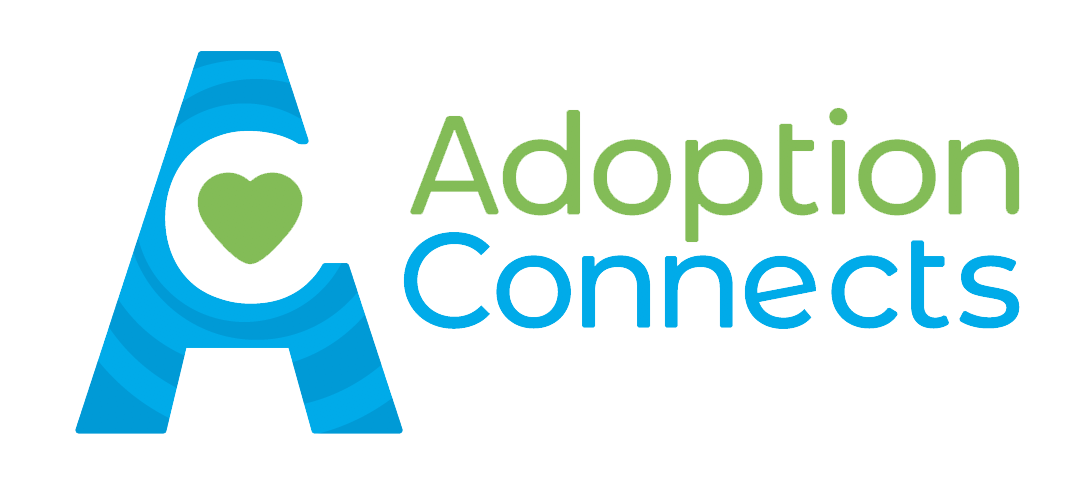Tips to write your letter
Below are some helpful tips and examples to support you in writing your letter. Our first tip is to set a reminder when the contact is due. You are responsible for maintaining relationships for your child, but we are here to help.
How to begin and end your letter or card
How to start and end is a personal decision to your circumstances. You may be writing on behalf of your child, or they may be writing it with you.
It’s a personal letter of significance to all involved, so use the person’s forename or the language you use with your child when referring to the person.
End the letter with your child’s birth forename, and or/your own forenames.
If your child is writing the letter, let them choose how they refer to the person so it’s personal and comfortable for them. This creates acceptance.
Do not use false names or include surnames.
What to include
Birth relatives appreciate hearing about your child’s:
development and personality
progress at school
interests, activities and experiences
descriptions of the child’s physical appearance and how they are changing as they grow (especially if photos are not included)
health, wellbeing and development
achievements, celebrations and festive updates
you can ask the birth family questions to help your child understand who they are, such as their hobbies and interests, favourite food and music, what they are good at, and what they remember about your child when they were younger.
How you set out your letter or card is a personal decision for you and your child. Be mindful that a few lines will not convey much information. A proud, sensitive and generous account of your child’s progress will be appreciated and treasured and support relationships.
Tip: if photographs are not part of your agreement, consider sending a piece of ribbon or string cut to the child’s height/shoe size or include a piece of artwork your child has created. These offer a visual sense of growth each year.
Use sensitive language
Contact is highly valued and of importance to birth family members and your child. It provides a connection and reassurance that your child is loved, safe and doing well.
Take care when mentioning any worries that you may have about your child; the birth family is powerless to do anything about them and may become worried and anxious.
If you have received correspondence and/or photographs from a birth family member, acknowledge this.
It is not always possible for the agency to confirm that individuals have received correspondence.
Please remember
Contact is a dynamic process and will change and adapt as your child grows.
The agency will do its best to send a reminder in advance that the contact exchange is due.
If you can’t adhere to the plan or your letter will be late, do let us know so we can inform the expected recipient. This provides assurance, avoids worry and the agency contacting you several times to request the letter/card.
If photographs are included, be generous with your choice. Birth families treasure the photographs they are sent, so ensure they are clear and well produced.
Do not include identifying details in photographs, such as school badges, landmarks, codes or details used by photographers or film processing firms on the back of the photo.
Sending your letter to the contact service
This is important to ensure safe receipt and prompt exchange.
Reference your child’s first name, birth surname and date of birth when you send the letter to the contact service, so we can locate the record and details easily. This avoids delays.
Send the letter in advance of when the exchange is due to take place.
Keeping in touch: example letter
We have an example letter to help guide you. It offers a warm, informative way to share updates with birth family members while respecting the agreed contact arrangements.
We are here to provide advice, guidance and facilitate. If you have any questions, or would like support, please do contact us.
Explore more about staying in touch
-
Read more about the benefits for children, adopters, and birth families of staying in touch.
-
Find out more about the contact agreement and how it outlines the level and type of contact that will take place.
-
Read more about how letterbox agreements may change in the future and what happens to your letters.
-
Reach out for support to maintain relationships or any challenges you may be facing.
-
Explore a range of materials from Adoption England, including videos and podcasts. Looking for a storybook to share with children? Take a look at Tabitha keeps in touch.


